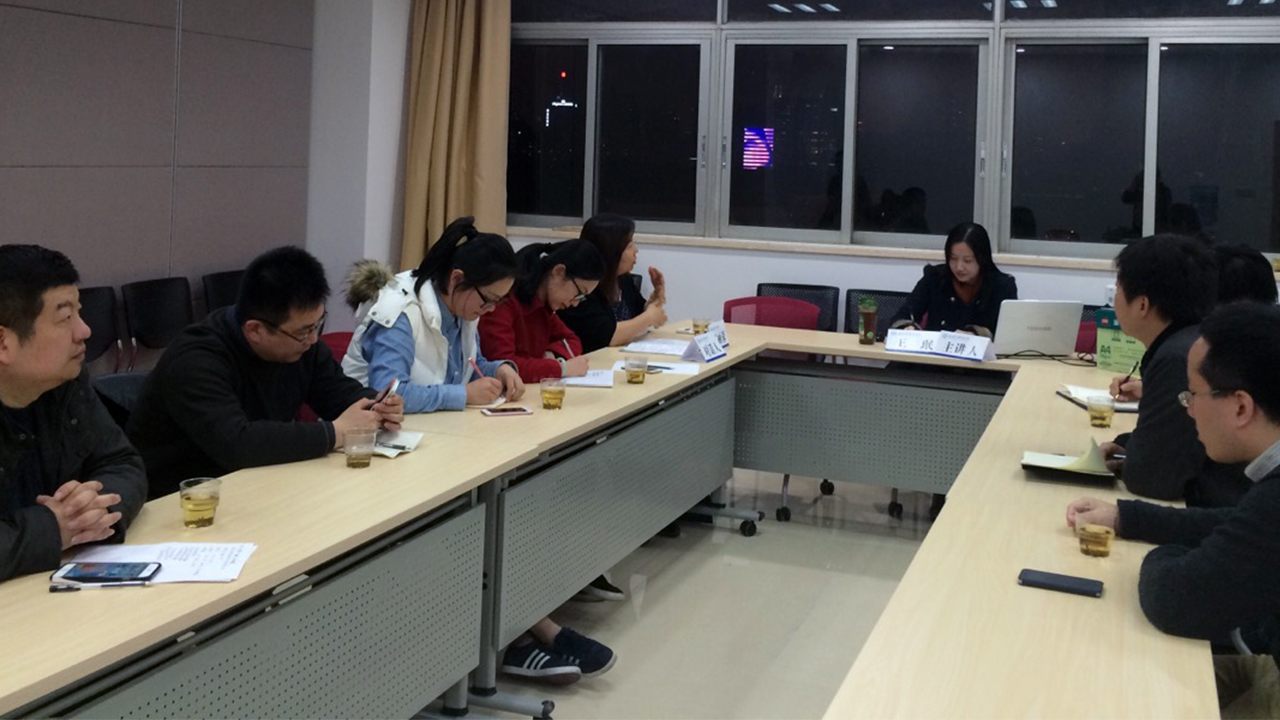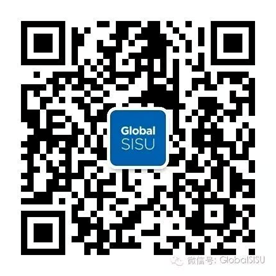| T |
he first featured seminar of Silk Road studies of Shanghai International Studies University (SISU) was held on Hongkou Campus late this March. Dr. Wang Min, a researcher of customs law at Shanghai Customs College (SCC) share her views on China’s Belt and Road Initiative and international customs cooperation.
Initiated by SISU’s Institute of Silk Road Strategy Studies (ISRSS) and Center for Faculty Development (CFD), the seminar series aims to promote inter-disciplinary research on the “One Belt, One Road” Initiative among SISU young scholars, further enhancing SISU’s academic strength in Area Studies. Professor Ma Lirong, director of SISU’s ISRSS hosted this very first seminar.
Young scholars from SISU, Shanghai University of Finance and Economics and other universities in Shanghai discussed with Dr. Wang on the issues of international customs law. Dr. Zhang Geng, Deputy Director of SISU’s Office of Research Affairs joined this seminar, and gave young scholars helpful guidance on applying for research projects.
During her speech, Dr. Wang divided the land within the scope of Silk Road Economic Belt into core areas, expanding areas and radiation areas. She made an in-depth analysis of current customs cooperation in these areas from the perspectives of connectivity and trade facilitation, and forecasted her prospect of customs cooperation as well.
With objective knowledge concerning conditions of the regions spread along the Silk Road, Dr. Wang argued that at present the Chinese government should join hands with those established organizations to follow the existing cooperation mechanism.
She added that the government was expected to conduct international cooperation in a multilateral way (namely with Eurasian Economic Union, Shanghai Cooperation Organization, BRICS Bank, Asian Infrastructure Investment Bank, Silk Road Fund, etc.), at different levels (with Free Trade Zone, the logistic alliance, etc.), as well as improve connectivity with New Eurasian Land Bridge (by means of international transportation corridor, container shuttle train, and multimodal transportation, etc.), so as to enhance the mechanism of cooperation in respect of customs.
The remarks of Dr. Wang generated heated discussion at the seminar. All the presenting scholars and students share their views on the issues of border areas and cross-border ethnic groups, the relationship between the Silk Road and the Maritime Silk Road, and the comparison of management modes in different countries.





